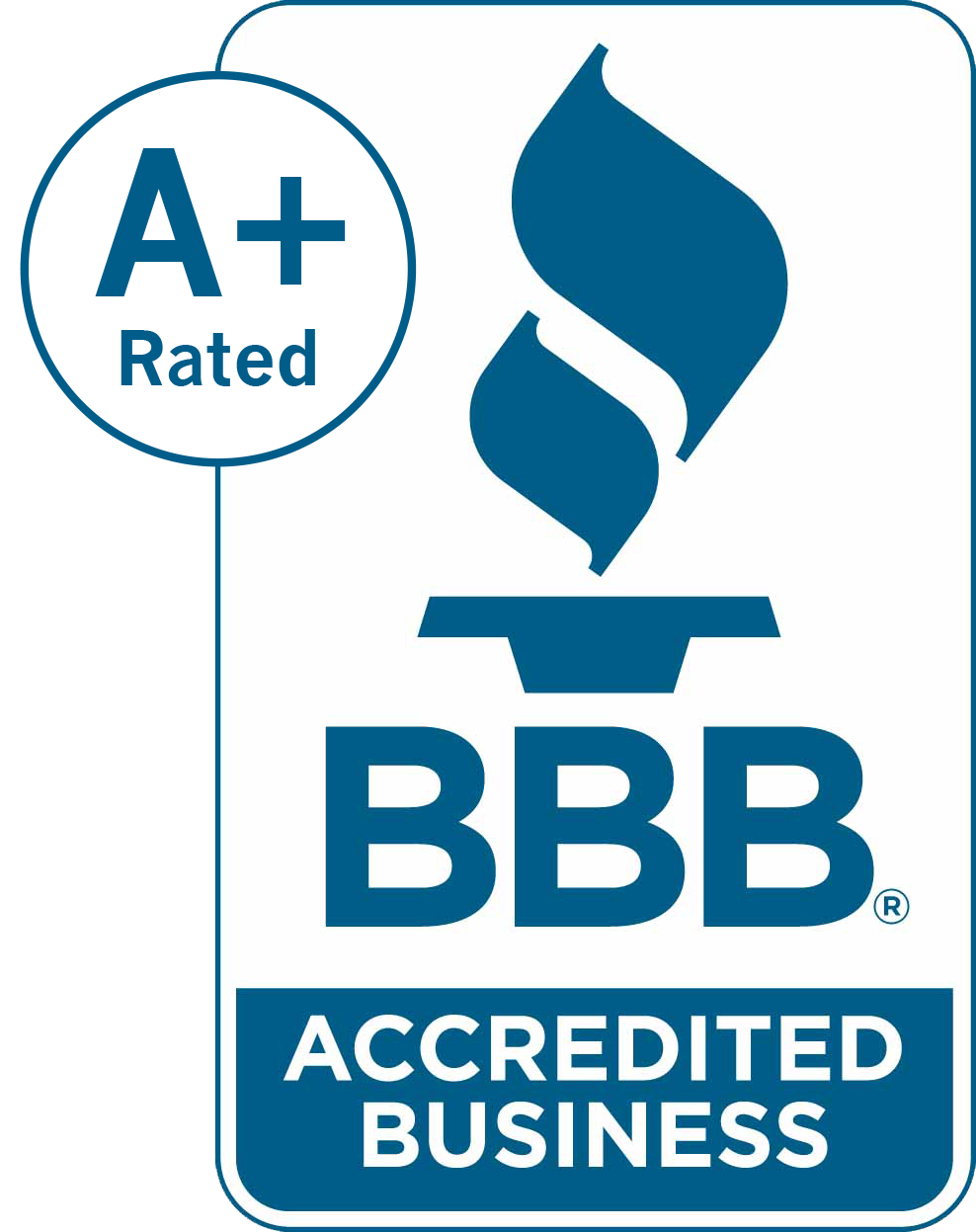How Do I File For Custody in California: A Complete Guide
Introduction
Child custody is one of the most important aspects of family law cases involving children. Whether you’re going through a divorce, a legal separation, or establishing paternity, understanding how to navigate the custody process in California is essential. This guide will walk you through the steps to file for custody in the Golden State, explain the different types of custody arrangements, and provide important information about what to expect during your child custody case. It is also crucial to include requests for child support in custody forms and be prepared to justify these arrangements to the court.
In California, the courts always prioritize the best interest of the child when making custody decisions. The process can seem overwhelming, but with proper preparation and understanding, you can effectively present your case and work toward an arrangement that benefits your child and respects your parental rights.
Understanding Child Custody in California
Child custody in California refers to the legal rights and responsibilities of parents or guardians to care for their children. The state’s family law courts prioritize the best interests of the child when making custody decisions. Understanding child custody in California is crucial for parents navigating the complex process of divorce, separation, or paternity actions.
In California, there are two types of custody: legal custody and physical custody. Legal custody refers to the right to make important decisions about a child’s education, healthcare, and extracurricular activities. Physical custody, on the other hand, refers to the child’s living arrangements. Parents can have joint physical custody, where the child lives with both parents, or sole physical custody, where the child lives with one parent.
California Family Code 3040 states that courts cannot prefer a parent as custodian because of their sex. This means that both mothers and fathers have equal rights to custody, and the court will evaluate each parent’s ability to provide a stable and loving environment for the child.
Types of Child Custody in California
Before filing your case, it’s important to understand the different types of custody available in California:
Legal Custody
Legal custody refers to a parent’s right to make important decisions about their child’s upbringing, including:
- Education
- Religious instruction
- Medical care
- Mental health treatment
- Extracurricular activities
California courts can award either:
- Joint legal custody (both parents share decision-making authority)
- Sole custody (one parent has exclusive decision-making authority)
Physical Custody
Physical custody determines where the child primarily lives and which parent handles day-to-day care. Options include:
- Joint physical custody (the child spends significant time with both parents)
- Sole physical custody (the child lives primarily with one parent, while the other parent typically has visitation)
Preparing for a Child Custody Case
Preparing for a child custody case in California requires careful planning and attention to detail. Here are some steps to take:
- Gather Documents: Collect relevant documents, such as birth certificates, medical records, and school reports, to support your custody case. These documents can provide evidence of your involvement in your child’s life and your ability to meet their needs.
- Understand the Court Process: Familiarize yourself with the court process, including the types of custody orders, court forms, and the role of Family Court Services. Knowing what to expect can help you feel more confident and prepared.
- Develop a Parenting Plan: Create a parenting plan that outlines your proposed custody arrangement, including physical custody, visitation, and decision-making authority. A well-thought-out plan demonstrates your commitment to your child’s well-being and can be a valuable tool during mediation and court hearings.
- Seek Legal Representation: Consider hiring an attorney who specializes in family law to guide you through the custody process. An experienced attorney can provide valuable advice, help you navigate legal complexities, and represent your interests in court.
- Prepare for Mediation: Be prepared to participate in mediation, which is a mandatory step in the custody process. Mediation can help you and the other parent reach an agreement on custody and visitation. Approach mediation with an open mind and a willingness to compromise for the sake of your child.
By understanding child custody in California and preparing for a child custody case, you can ensure that your rights as a parent are protected and that the best interests of your child are prioritized.
Step-by-Step Guide to Filing for Child Custody in California
Step 1: Determine Your Case Type
The type of case you need to file depends on your relationship with the other parent:
- If you’re married or in a domestic partnership, custody is typically handled as part of a divorce or legal separation case
- If you were never married, you’ll likely need to file a paternity case or a petition for custody and visitation
- If you already have a family law case open, you can file a request for order to address custody issues
Step 2: Locate the Proper Court
File your paperwork in the county where your child lives. If your child has lived in California for at least six months, the state has jurisdiction over your case.
Step 3: Complete the Required Forms
California requires several court forms when filing for child custody:
- Form FL-300: Request for Order
- Form FL-105/GC-120: Declaration Under Uniform Child Custody Jurisdiction and Enforcement Act (UCCJEA)
- Form FL-311: Child Custody and Visitation Application Attachment
- Form FL-312: Request for Child Abduction Prevention Orders (if applicable)
These forms are available from your local court clerk or the California Courts website. Be thorough and accurate when completing these custody forms.
Step 4: File Your Forms
Take your completed forms to the court clerk‘s office in the appropriate county. You’ll need:
- The original forms for the court
- At least two copies (one for you and one to serve the other party)
- Payment for the filing fee (or a fee waiver application if you qualify)
The court clerk will stamp your forms, assign a case number, and likely schedule a hearing date.
Step 5: Serve the Other Parent
After filing, you must legally serve the other parent with copies of your court papers. This must be done through personal service by someone other than yourself who is at least 18 years old. The person serving the papers must complete a service form (usually Proof of Service) to be filed with the court.
Step 6: Attend Mediation
In California, most parents are required to attend mediation through Family Court Services before their custody case proceeds to a hearing. Mediation attempts to help parents agree on a parenting time plan without court intervention.
Step 7: Prepare for and Attend Your Court Hearing
If mediation doesn’t result in an agreement, prepare for your court hearing by:
- Gathering relevant evidence (school records, medical records, etc.)
- Preparing to explain why your proposed arrangement serves the child’s best interests
- Being ready to address any concerns raised by the other party
Step 8: Follow the Court Order
After the hearing, the judge will issue custody orders and visitation orders. These orders are legally binding, and both parents must follow them.
Factors Courts Consider When Determining Custody
California courts consider many factors when making custody decisions, including:
- The child’s age and health
- Emotional ties between parents and the child
- Each parent’s ability to care for the child
- History of family violence or substance abuse
- The child’s ties to their school, home, and community
- Which parent is more likely to encourage frequent contact with the other parent
Frequently Asked Questions

How much does it cost to file for custody in California?
The filing fee for custody cases in California varies by county but typically ranges from $435 to $460. If you cannot afford the fee, you can apply for a fee waiver using Form FW-001.
Do I need an attorney to file for custody?
While you’re not required to have a lawyer, custody cases can be complex. Consider consulting with a family law attorney, even if you can’t afford full representation. Many courts offer self-help centers where you can get assistance with forms.
What if there’s domestic violence involved?
If domestic violence is a concern, you may need to file for a restraining order along with your custody request. California courts take allegations of abuse seriously when determining custody arrangements.
Can I get full custody of my child?
Full custody (both sole legal and sole physical custody) is possible but not presumed. California courts generally prefer arrangements that allow children to maintain relationships with both parents unless there are safety concerns.
What if the other parent and I agree on custody arrangements?
If both parents agree on a custody arrangement, you can submit a stipulated agreement to the court. The judge will usually approve it if it serves the child’s best interest.
Can custody orders be modified later?
Yes, custody orders can be modified if there’s a significant change in circumstances that affects the child’s best interest.
Did You Know?
- California was one of the first states to abandon the “tender years doctrine” (which presumed mothers should have custody of young children) in favor of gender-neutral standards.
- If one parent wants to move away with the child, they may need court approval, especially if it would significantly impact the other parent’s time with the child.
- California courts can order “supervised visitation” if there are concerns about a parent’s ability to safely care for the child.
- A voluntary declaration of paternity signed at a child’s birth carries the same weight as a court order establishing paternity.
- Minor children (typically those 14 or older) may sometimes have their preferences considered by the court, though this is just one factor among many.
Conclusion
Filing for child custody in California requires careful attention to detail and a focus on what serves your child’s best interests. By understanding the process, preparing your documents properly, and approaching the case with your child’s needs in mind, you improve your chances of achieving a favorable outcome.
Remember that custody arrangements should ultimately support your child’s well-being and development. Even in difficult circumstances, maintaining a respectful co-parenting relationship benefits everyone involved, especially your child.
If you’re uncertain about any aspect of the filing process, consider seeking guidance from your local court’s self-help center or consulting with a family law attorney who specializes in child custody cases.
- A.S.













